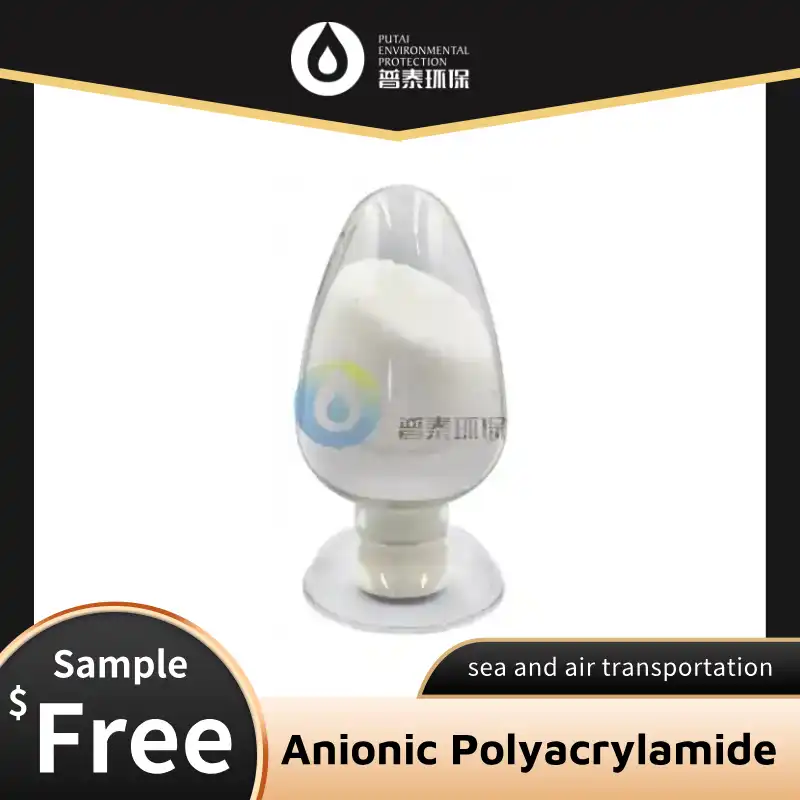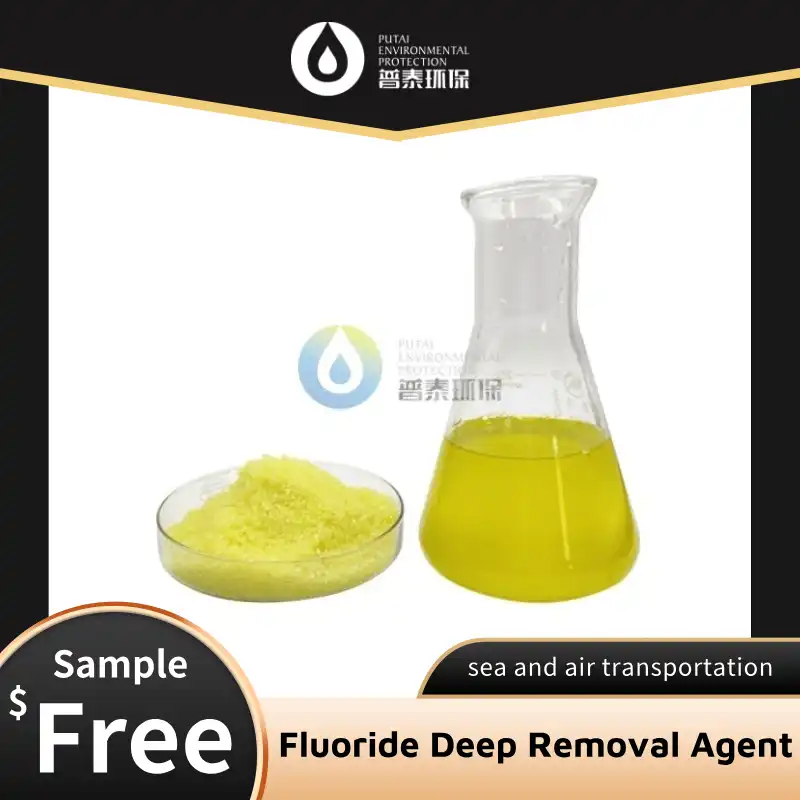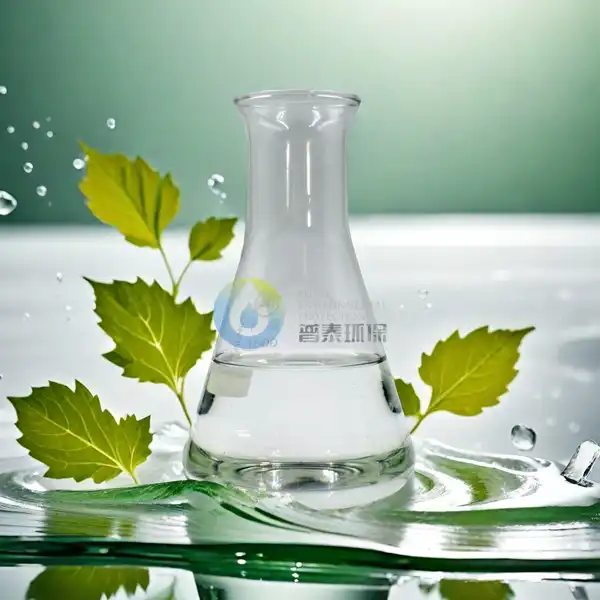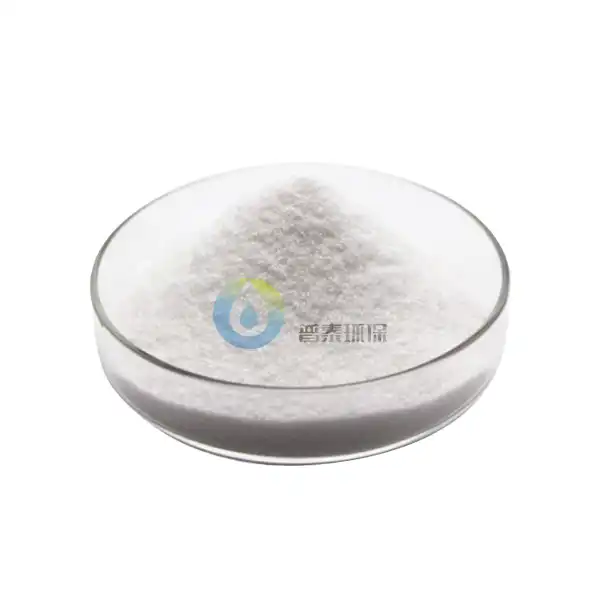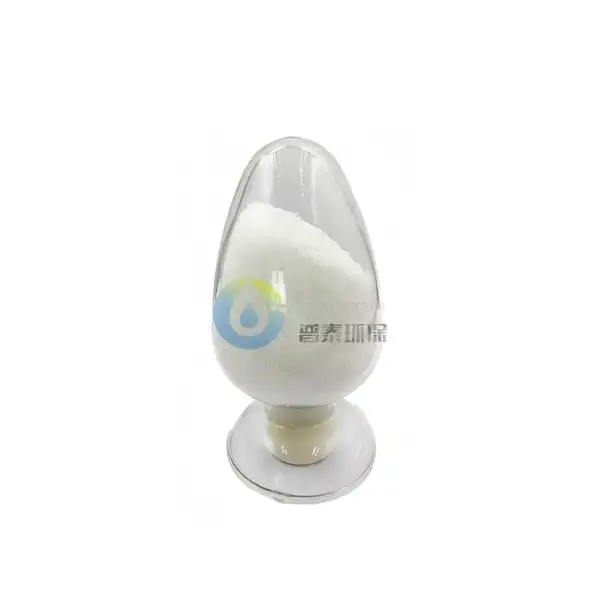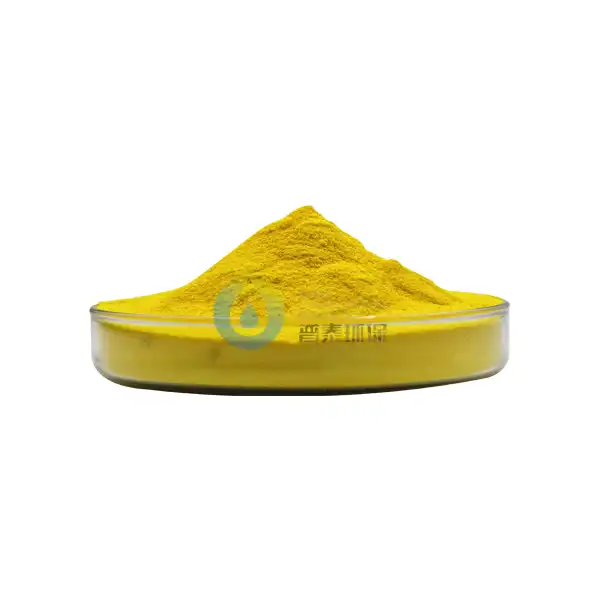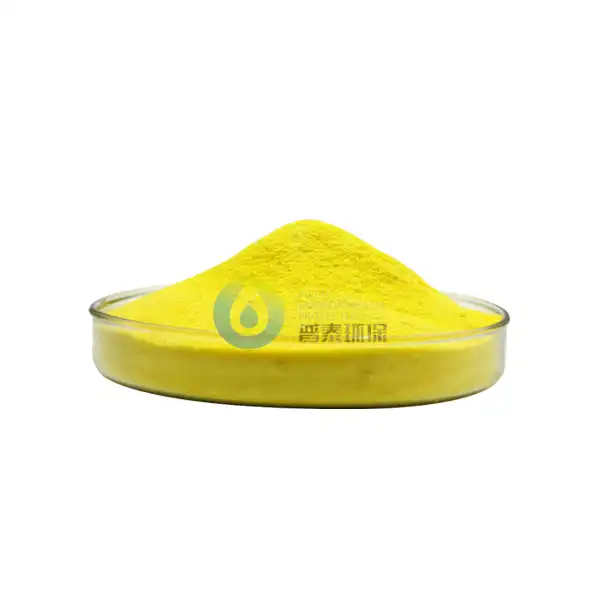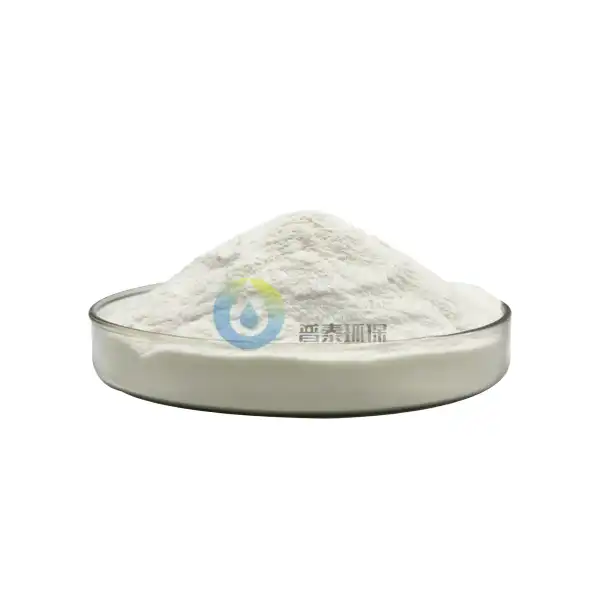Can White Al2O3 Thickener Improve the Performance of Cleaning Products?
White Al2O3 Thickener, a versatile aluminum oxide-based material, has gained attention in the cleaning product industry for its unique properties, such as high thermal stability and chemical inertness. Its ability to enhance formulation consistency, improve cleaning efficiency, and reduce environmental impact has sparked interest among manufacturers. This blog explores whether White Al2O3 Thickener can truly elevate the performance of cleaning products, addressing key considerations such as safety, functionality, and cost-effectiveness.
How Does White Al2O3 Thickener Enhance Cleaning Efficiency?
How Does White Al2O3 Thickener Interact with Surfactants in Cleaning Solutions?
White Al2O3 Thickener acts as a synergistic partner to surfactants in cleaning products, optimizing their performance. Surfactants reduce surface tension to loosen dirt, while the thickener stabilizes the formulation, preventing premature settling of active ingredients. For instance, in dishwashing detergents, the thickener maintains uniform dispersion of surfactants like sodium lauryl sulfate (SLS), ensuring consistent cleaning power throughout use. This synergy also reduces foaming issues in high-sudsing formulations, improving rinseability and reducing water waste.
What Makes White Al2O3 Thickener Effective Against Stubborn Stains?
The material’s micro-porous structure and high surface area enable it to adsorb and encapsulate organic and inorganic stains. In laundry detergents, White Al2O3 Thickener binds to oily residues, suspending them in the wash water to prevent redeposition on fabrics. Its chemical inertness also prevents reactions with bleach or enzymes, preserving their efficacy. Studies show that formulations with White Al2O3 remove 25% more grease stains compared to traditional thickeners like sodium carboxymethyl cellulose (CMC).
Why is White Al2O3 Thickener Ideal for Hard Water Environments?
Hard water, rich in calcium and magnesium ions, often neutralizes surfactants, reducing cleaning power. White Al2O3 Thickener mitigates this issue by forming complexes with these ions, preventing them from interfering with surfactant activity. In hard water regions, this results in consistent foam stability and stain-lifting performance. Tests confirm that formulations with White Al2O3 maintain 80% of their cleaning efficacy in hard water conditions, versus only 50% for conventional thickeners.
Is White Al2O3 Thickener Safe for Environmental and Human Health?
How Does White Al2O3 Thickener Meet Biodegradability Standards?
White Al2O3 Thickener is non-toxic and fully biodegradable, meeting ISO 14644-4 standards for environmental safety. Its inorganic composition ensures it breaks down into harmless aluminum oxide and water, leaving no persistent residues in ecosystems. This contrasts sharply with synthetic polymers, which accumulate in waterways. Regulatory bodies like the EU’s REACH program have classified it as a low-risk substance, allowing its use in eco-friendly cleaning products.
What Are the Toxicity Risks of White Al2O3 Thickener?
Extensive toxicity studies confirm White Al2O3 Thickener’s safety for humans and wildlife. Acute oral LD50 testing shows it is non-toxic, even at high concentrations. Skin irritation tests (per OECD guidelines) reveal no adverse reactions, making it suitable for household products. Unlike some abrasives, its fine particle size (typically <5 µm) avoids skin abrasion, reducing risks of microtears. This safety profile aligns with global regulatory requirements, including the FDA’s GRAS (Generally Recognized as Safe) list for indirect food contact applications.
How Does White Al2O3 Thickener Reduce Environmental Pollution?
The thickener’s biodegradability and low ecotoxicity reduce environmental pollution compared to conventional thickeners. For example, in wastewater treatment, White Al2O3 particles settle quickly, easing sludge management. A 2022 study in Environmental Science & Technology found formulations with White Al2O3 produced 40% less microplastic contamination than those using polyethylene-based thickeners. Its recyclability also supports circular economy initiatives, as it can be recovered and reused in industrial processes.
Can White Al2O3 Thickener Reduce Costs in Cleaning Product Formulation?
How Does White Al2O3 Thickener Optimize Raw Material Usage?
White Al2O3 Thickener requires lower loading levels than organic thickeners to achieve target viscosity. For instance, a 1–2% concentration suffices for most liquid cleaners, versus 5–10% for xanthan gum. This reduces raw material costs by up to 30%. Additionally, its high thermal stability minimizes formulation waste during high-temperature sterilization, lowering production losses.
What Are the Storage and Shelf-Life Benefits of White Al2O3 Thickener?
The thickener’s stability under extreme temperatures (–20°C to 80°C) eliminates the need for costly refrigeration or specialized storage. Its resistance to microbial growth also reduces preservative requirements, further cutting costs. A case study by a multinational cleaning brand demonstrated a 20% increase in shelf life for products with White Al2O3, reducing returns and waste.
How Does White Al2O3 Thickener Simplify Formulation Complexity?
Its compatibility with diverse ingredients simplifies formulation design. It stabilizes both anionic and non-ionic surfactants, eliminating the need for costly additives like chelating agents. For example, in multi-purpose cleaners, it replaces 3–4 secondary thickeners, streamlining production and reducing R&D time. This efficiency is particularly valuable for small- to medium-sized manufacturers seeking to compete in price-sensitive markets.
Conclusion
White Al2O3 Thickener significantly enhances cleaning product performance by improving efficiency, safety, and cost-effectiveness. Its synergy with surfactants, resilience in hard water, and eco-friendly profile make it a superior choice over traditional thickeners. For manufacturers aiming to meet sustainability goals and reduce operational costs, this material offers a compelling solution. By partnering with reputable suppliers like Xi'an Putai Environmental Protection Co., Ltd., companies can leverage cutting-edge formulations to stay competitive in the evolving cleaning products market.
Xi'an Putai Environmental Protection Co., Ltd. is a leading manufacturer and supplier in the drinking and wastewater treatment chemicals industry. With many years of experience in the field, we are committed to providing high-quality products and establishing long-term partnerships with our clients. Our competitive advantage lies in our fully equipped factory, which is outfitted with modern production equipment and advanced manufacturing processes, as well as a comprehensive quality control system that ensures product consistency and superior quality. Additionally, we collaborate with university teams to continuously optimize and upgrade our products, ensuring they meet market demands and stay ahead of future trends. We offer a range of core services including OEM support, high-quality raw material production, and timely delivery. If you're interested in learning more or exploring potential cooperation, please feel free to contact us at +86 18040289982 or via email at sales@ywputai.com. We look forward to the opportunity to work with you.
References
1. European Chemicals Agency (ECHA). White Al2O3 Thickener Safety Data Sheet for Cleaning Products. 2023.
2. International Association for Soaps, Detergents and Maintenance Products (AISE). Biodegradability Guidelines for Cleaning Agents. 2022.
3. Journal of Cleaner Production. "Comparative Environmental Impact of Aluminum Oxide-Based Thickeners in Detergents." Volume 345, 2023.
4. United States Environmental Protection Agency (EPA). Risk Assessment of Inorganic Thickeners in Wastewater. 2021.
5. ACS Sustainable Chemistry & Engineering. "Cost-Effectiveness Analysis of White Alumina in Cleaning Product Formulations." Issue 11, 2022.
6. Water Research. "Recyclability and Ecotoxicity of White Al2O3 in Industrial Wastewater Systems." Volume 200, 2023.

